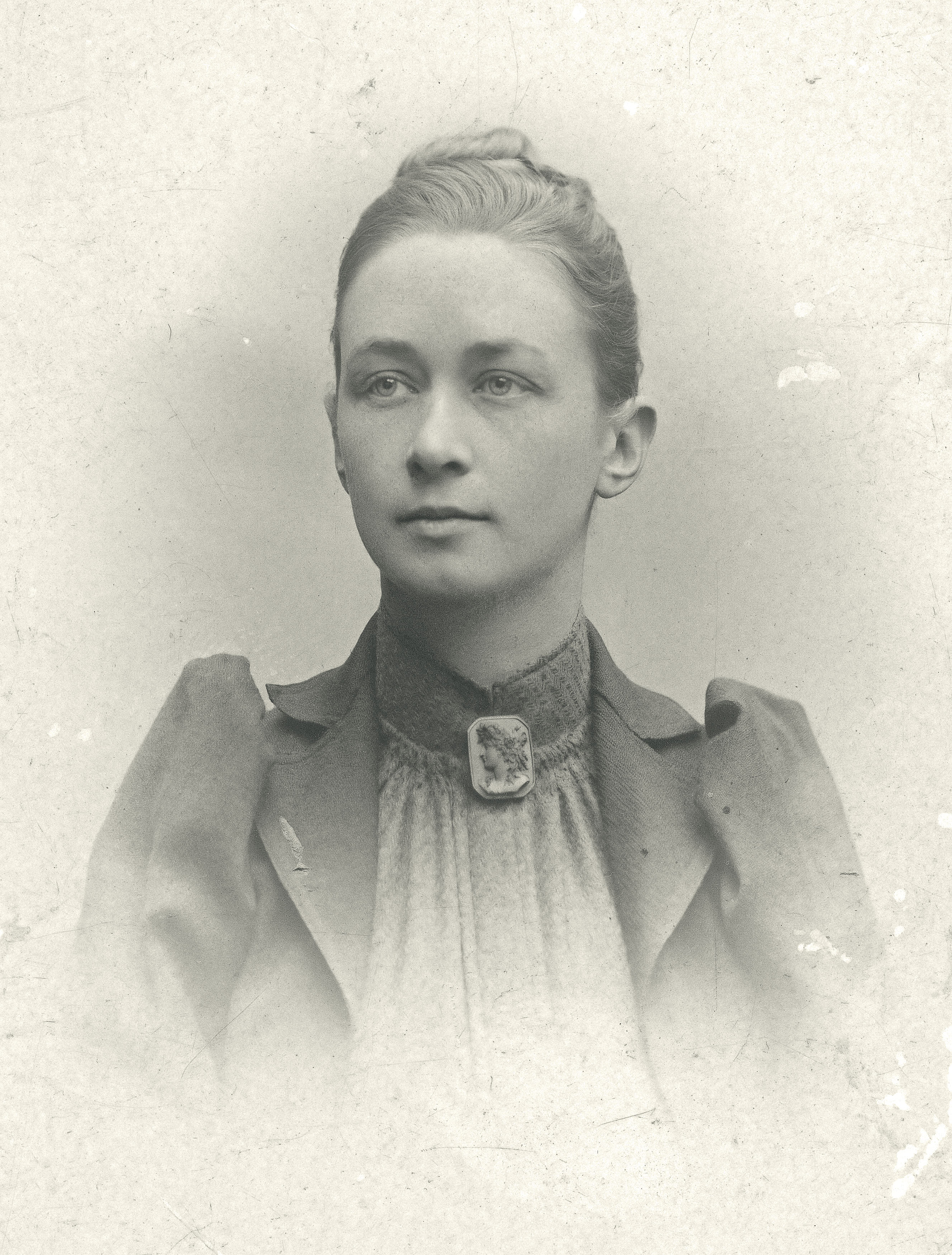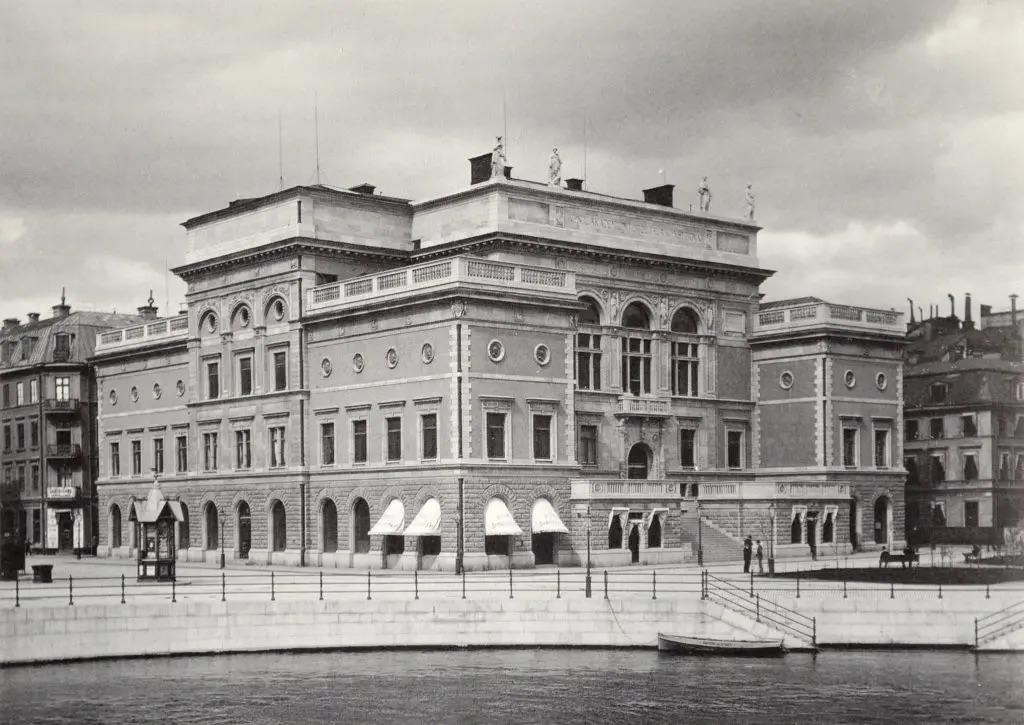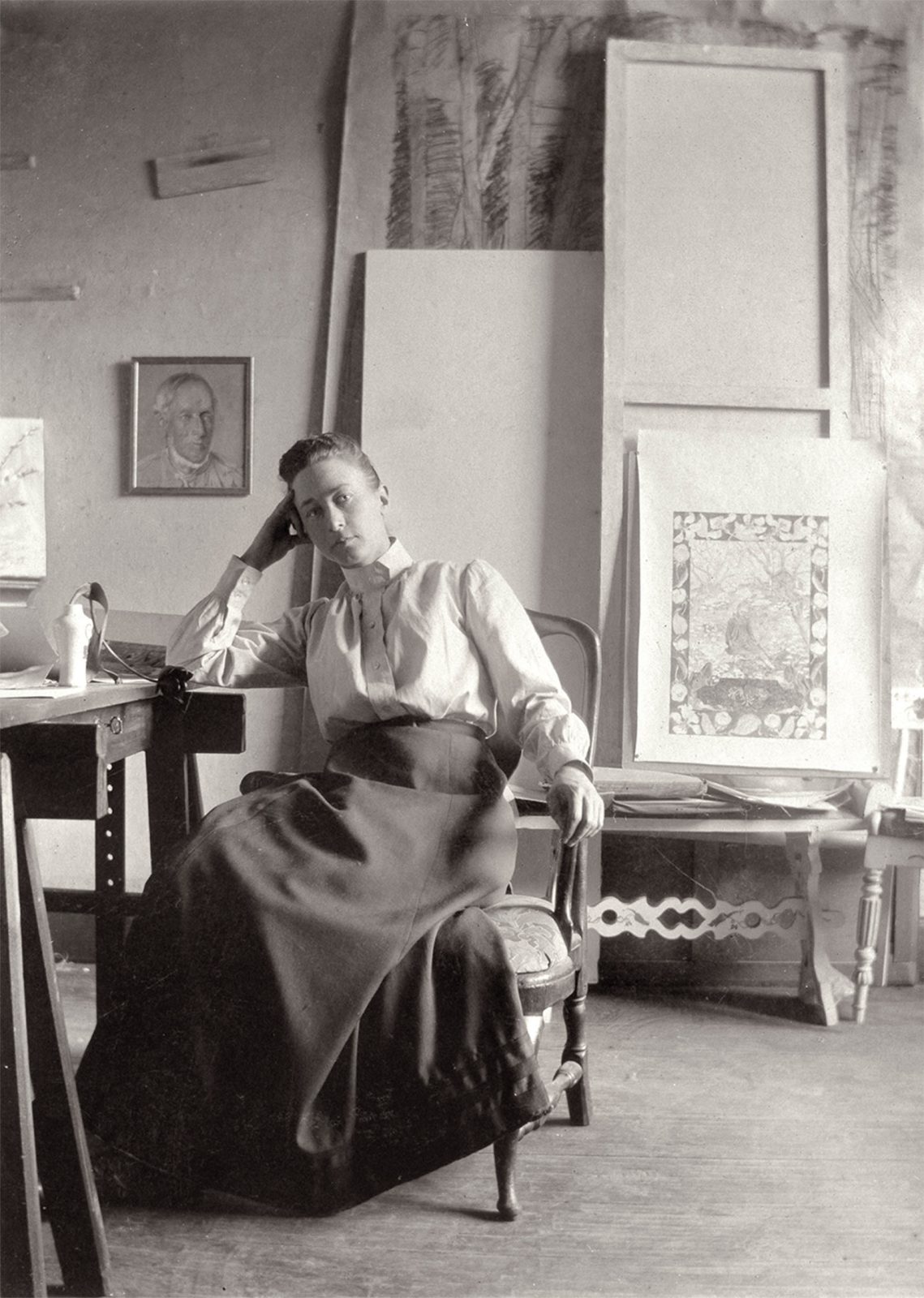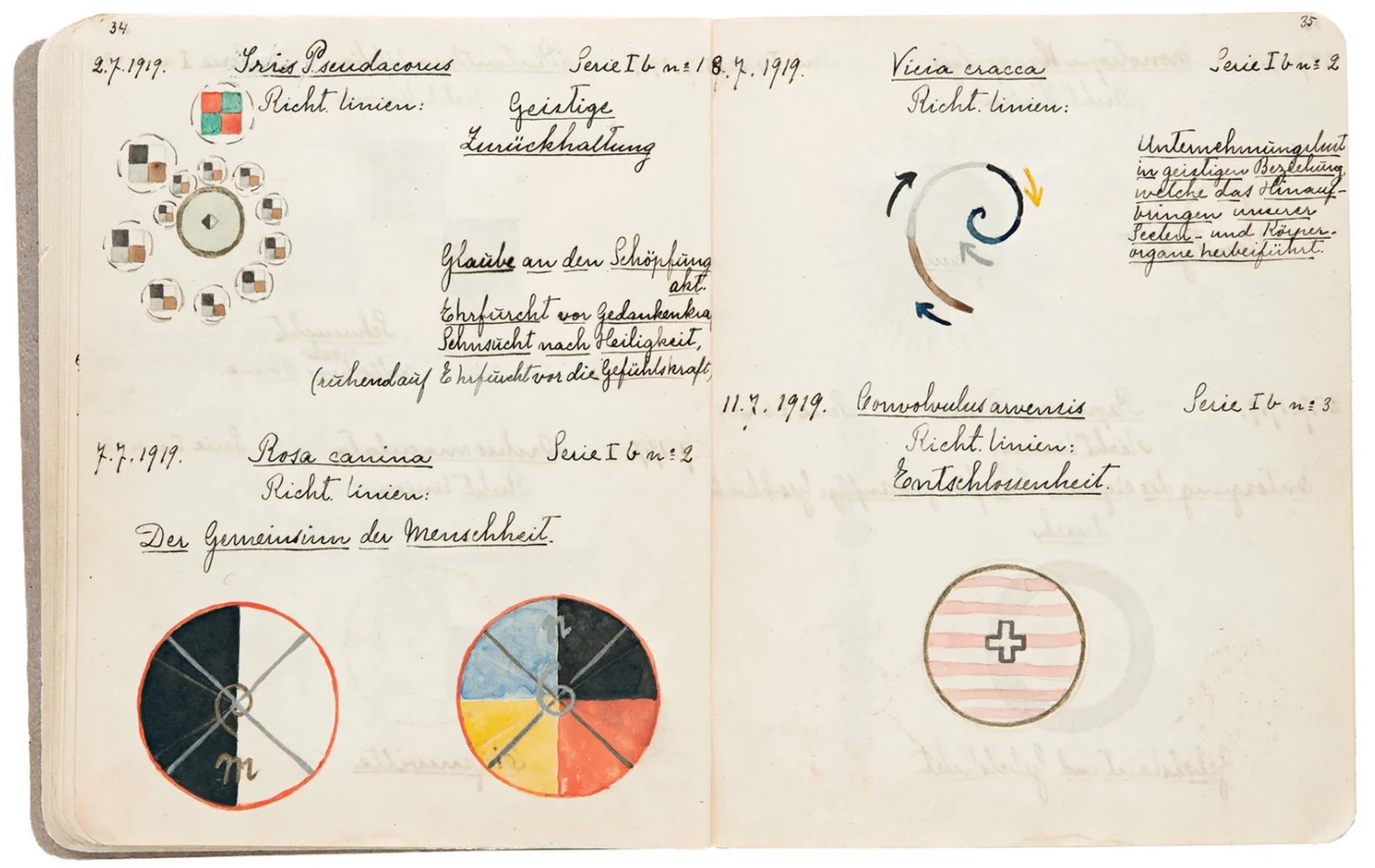HILMA AF KLINT
"The pictures were painted directly through me, without any preliminary drawings, and with great force. I had no idea what the paintings were supposed to depict; nevertheless, I worked swiftly and surely, without changing a single brushstroke"

1862
Hilma af Klint was born in 1862 in Stockholm, Sweden, to Mathilda af Klint and Captain Victor af Klint, a Swedish naval commander. She grew up surrounded by nature, which will influence her abstract paintings later in her career. At a young age, Klint became involved in spiritualism, a religious movement which gained traction in the late nineteenth century. The core of spiritualism is the belief that unseen spirits could communicate with the living. At the age of 17, Klint would begin participating in séances, which would further be fueled by the death of her younger sister, Hermina.
1882
Klint was one of the first women to be admitted to and attend the Royal Academy of Fine Arts at 20 years old. There she studied mainly drawing, portrait painting, botanical drawings, and landscape painting. .

1896
Klint and four other female artists, Sigrid Hedman, Cornelia Cederberg, Mathilda Nilsson and Anna Cassel, form the group called "The Five", who believed they could communicate with mystic beings or "High Masters".
1906
In 1906, Klint starts making large scale abstract painting, predating the known pioneers of abstract painting such as Vasily Kandinsky, Paul Klee, and Piet Mondrian. The following year, in 1907, Hilma af Klint said she received a message from the "High Masters" that she should be the leader of the group. The four others didn't agree and the group ceased to working together. During this time, Klint begins working on one of her most important body of works, The Paintings for the Temple, which included the group The Ten Largest.
The Paintings for the Temple were her first examples of abstract art. The earliest group of the collection was Primordial Chaos which depicted the origins of the world and the theosophical ideas (a occult religion founded by a woman).

1914
The beginning of World War I leads to many artists embracing new artforms, abstraction, and new ways of viewing the world such as Cubism and Dadaism.
1944
Hilma af Klint dies on 21 October at the age of 81 due to a streetcar accident. Her nephew Erik af Klint inherits her work some 1300 paintings and 124 notebooks. With her work, she left behind instructions that her paintings may not be shown for twenty years after her death, believing that future audiences might be appreciative and understanding of her abstract works. Her works were left unseen by the public until 1986.
